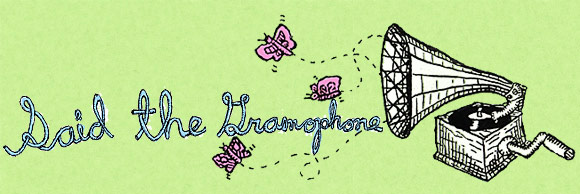One thing that sets John Fahey apart from other folk-revivalist finger-pickers is how slowly he plays. He draws out his patterns, leaving room for rhythmic play and filling in. It seems like Fahey could continue to add melodic lines to a part ad infinitum, like he has a million fingers, nine hundred ninety-nine thousand, nine hundred and ninety of which he only brings out on special occasions (concerts and recording dates) and even then only one at a time. But that’s just a beautiful trick. There are players as technically competent whose playing might not initially sound as dense, because they play fast all the time, from beginning to end, never adding, or taking away, just playing as hard as they can, almost artlessly, like how Brotzmann plays the saxophone and like the opposite of how he plays, too. One such guitarist is Leo Kottke, a pupil of Fahey’s.
That Leo Kottke can play guitar with startling precision and control is clear from any of his recordings. His ability, however, to write a good song is not always so clear. Sometimes he’s just showing off, a glorified acoustic Steve Vai. And sometimes he sings (yikes). But here he gets it right, playing precise (there is no other word) zigzagging runs, and steady, unrelenting bass patterns. There’s something satisfying in how light and sure his touch is (Fahey is clumsy in comparison), and there’s something deeply comfortable and familiar about this melody, this fisherman’s fugue. The real heart of the song, though - what makes it one of Kottke’s few great compositions - is the interval of 1:20 to 1:35 in which the treble loses its precision, ceases to serve as curlicue and flourish, and begins a short, convulsive ebb and flow. Meanwhile, the bass begins to descend and descend, eventually relenting, finally, for a moment leaving the treble alone to its simple two note seizure, before the song resumes its typically rigid Kottkean form. [Buy]
***
Panda and Angel have an ear for the minor detail, for the small accompanying part that makes the difference between a dull song and a beautiful one. In fact, “Mexico” is nothing but those details and small parts, and the pregnant spaces in between. The percussion at the beginning, the repetitive vocals, the unambitiously picked acoustic guitar, the occasional electric guitar and tom hits – each is put in its exact right place. So that when the parts get bigger, and the drums commit, and horns, melodicas, and recorders are added, it has the desired emotional impact. This is Mexico on a cold morning by seaside. It is a lonely place, not recommended for tourists. [Info]
Posted by Jordan at October 27, 2005 2:23 PMThanks for the Panda & Angel track. I only recently got into them (their site has several mp3s, btw), but I'm impressed with what I've heard so far.
Posted by muruch at October 27, 2005 4:05 PMleo leo leo i love you!!!!never stopped never will
Posted by peacecat at October 29, 2005 6:58 PMBut mexico is beautiful even in a cold morning by seaside. (i live in one of those)
Posted by Moka at November 1, 2005 5:29 PM



